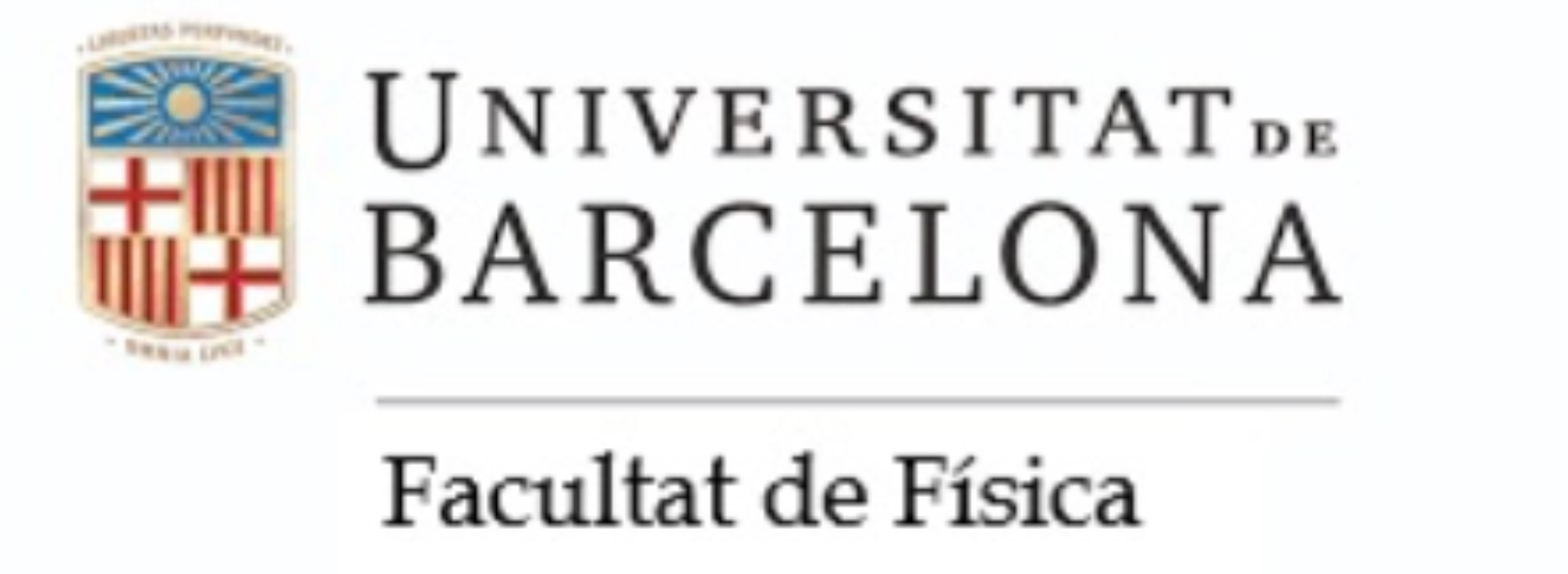Original post: https://www.cecam.org/workshop-details/1284
July 2, 2024 – July 5, 2024
Registration deadline: June 10, 2024
Location: CECAM-HQ-EPFL, Lausanne, Switzerland
Hosting node: CECAM-HQ
Organisers
- Demian Levis (University of Barcelona)
- Sarah Loos (University of Cambridge)
- Daniel Matoz (Complutense University of Madrid)
- Daniel Pearce (University of Geneva)
- Rastko Sknepnek (University of Dundee)
Active matter is a fundamentally new state of matter characterized by being kept far from thermodynamic equilibrium by the ability of its constitutive elements – often referred to as agents – to convert stored or ambient free energy into directed movement. Examples of active matter can be found in both biological and artificial systems, with active agents varying widely in size from the nano-scale to meters. Active matter is especially prevalent in living systems with many subcellular, cellular, and tissue-scale processes being active. Therefore, theoretical and computational frameworks developed to model active matter have emerged as powerful tools for understanding the physics underlying the living world.
Curvature and topology play a vital role in living systems. They help shape and guide the growth and functionality of cells, tissues, and whole organs. A great example of how curvature impacts biological processes is the development of an embryo, where collectives of cells differentiate and rearrange themselves into complex three-dimensional functional structures. This complex process is guided by a network of chemical and mechanical signals. Morphogenic processes are inherently active and involve careful coordination of cell division, migration, and removal. In recent years, it has been observed that topological defects, or local discontinuities in the ordered structure of the material, play an important role in these shaping processes [1–3]. Topological defects can act like organizing centres for stress within the material, and are known to interact with both curvature and topology [4, 5]. Despite its importance, understanding how curvature operates in and affects active systems is in its infancy with many experimental and theoretical challenges.
Equally important are the effects of non-reciprocal interactions, i.e., effective interactions between agents that violate Newton’s third law. Such interactions are typically observed in cells or microorganisms [6], animal groups and social agents [7–9], and play pivotal roles in phenomena such as predator-prey dynamics, velocity alignment, or opinion spreading [10–13]. Despite such omnipresence, a general framework for describing effects of non-reciprocal interactions is still lacking, thus hampering the ability to control and exploit them. Particle and spin models, as well as effective continuum descriptions, have been investigated, showing that non-reciprocal systems generically give rise to spontaneous currents and non-equilibrium patterns typically not seen when such interactions are not present [2,6, 14–19].
This workshop will bring together scientists specializing in the fields of curvature, topology, and non-reciprocal interactions, especially as they apply to soft matter and active-matter model systems. The aim is to encourage dialogue, idea exchange, and solution-oriented discussions that will propel the community towards overcoming the inherent challenges in these fields. To do so, the workshop will foster a collaborative environment for sharing new ideas, techniques, and data. In addition, the collective expertise of the attendees will not only push the limits of current understanding of the effect of curvature and non-reciprocity on active matter, but also create a road map for tackling future challenges.
References
[1] T. Vicsek, A. Czirók, E. Ben-Jacob, I. Cohen, O. Shochet, Phys. Rev. Lett., 75, 1226-1229 (1995)
[2] S. Loos, S. Klapp, T. Martynec, Phys. Rev. Lett., 130, 198301 (2023)
[3] S. Osat, R. Golestanian, Nat. Nanotechnol., 18, 79-85 (2022)
[4] A. Poncet, D. Bartolo, Phys. Rev. Lett., 128, 048002 (2022)
[5] M. Fruchart, R. Hanai, P. Littlewood, V. Vitelli, Nature, 592, 363-369 (2021)
[6] Z. You, A. Baskaran, M. Marchetti, Proc. Natl. Acad. Sci. U.S.A., 117, 19767-19772 (2020)
[7] A. Ivlev, J. Bartnick, M. Heinen, C. Du, V. Nosenko, H. Löwen, Phys. Rev. X, 5, 011035 (2015)
[8] D. Levis, A. Diaz-Guilera, I. Pagonabarraga, M. Starnini, Phys. Rev. Research, 2, 032056 (2020)
[9] I. Couzin, J. Krause, N. Franks, S. Levin, Nature, 433, 513-516 (2005)
[10] P. Abrams, Annu. Rev. Ecol. Syst., 31, 79-105 (2000)
[11] Y. Maroudas-Sacks, L. Garion, L. Shani-Zerbib, A. Livshits, E. Braun, K. Keren, Nat. Phys., 17, 251-259 (2020)
[12] J. Múgica, J. Torrents, J. Cristín, A. Puy, M. Miguel, R. Pastor-Satorras, Sci. Rep., 12, 10783 (2022)
[13] L. Gómez-Nava, R. Bon, F. Peruani, Nat. Phys., 18, 1494-1501 (2022)
[14] D. Sumpter, Phil. Trans. R. Soc. B, 361, 5-22 (2005)
[15] J. Agudo-Canalejo, R. Golestanian, Phys. Rev. Lett., 123, 018101 (2019)
[16] L. Hoffmann, L. Carenza, J. Eckert, L. Giomi, Sci. Adv., 8, (2022)
[17] P. Ellis, D. Pearce, Y. Chang, G. Goldsztein, L. Giomi, A. Fernandez-Nieves, Nature. Phys., 14, 85-90 (2017)
[18] P. Guillamat, C. Blanch-Mercader, G. Pernollet, K. Kruse, A. Roux, Nat. Mater., 21, 588-597 (2022)
[19] T. Saw, A. Doostmohammadi, V. Nier, L. Kocgozlu, S. Thampi, Y. Toyama, P. Marcq, C. Lim, J. Yeomans, B. Ladoux, Nature, 544, 212-216 (2017)
